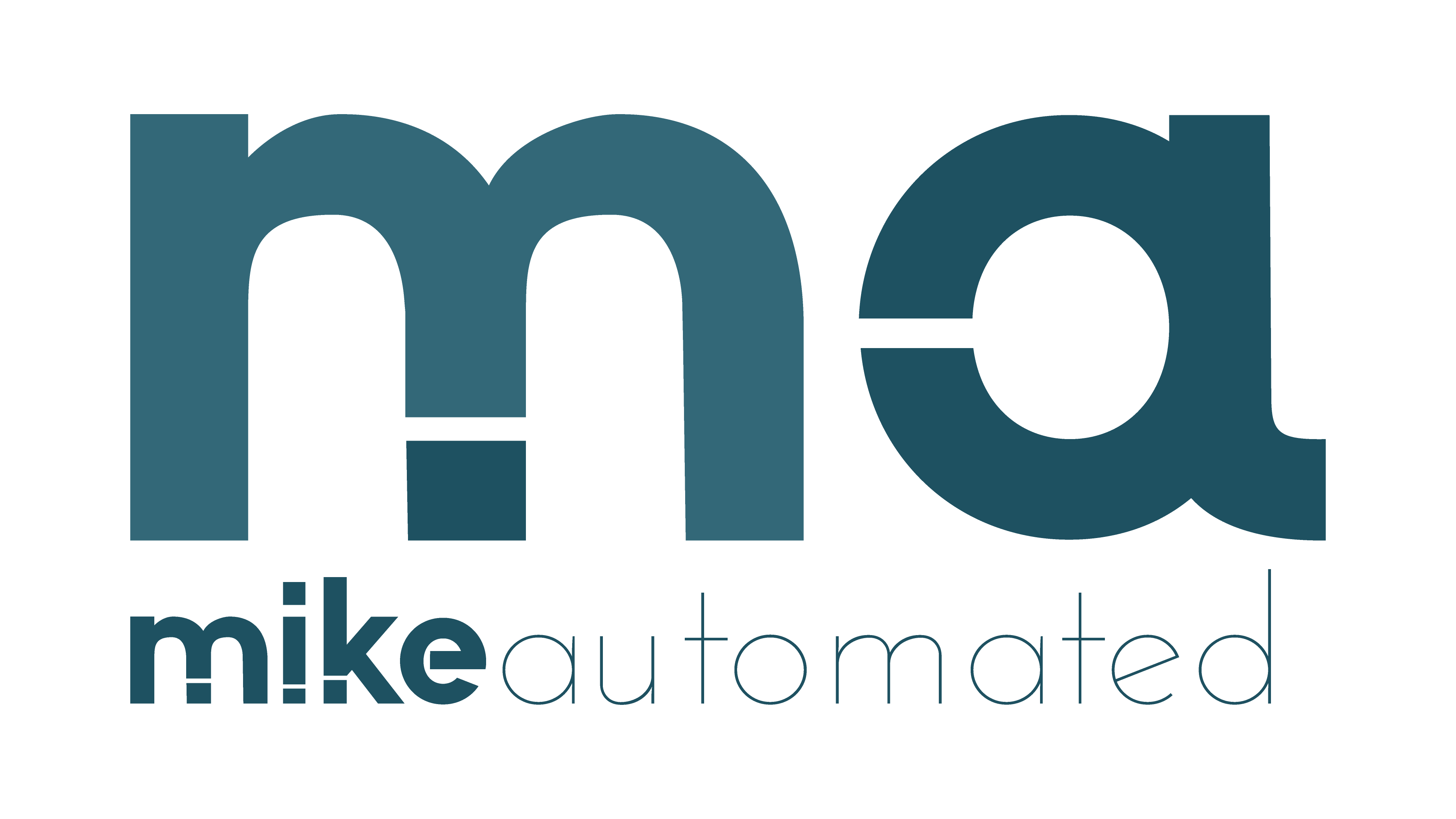TL;DR:
- AI empowers decision-making but raises ethical concerns when replacing human judgment.
- Ensuring transparency and understanding bias in AI models is critical.
- Human oversight remains essential to maintain ethical accountability.
- Collaborative frameworks can balance the strengths of AI with reasoned human judgment.
- Clear governance, robust guidelines, and feedback loops reduce risks in AI-assisted decisions.
Why Ethical Concerns in AI-Assisted Decision Making Matter
AI has undeniable advantages. It processes vast amounts of data quickly, offers consistency, and reduces human error. But blind reliance on algorithms can create serious risks, from biased judgments to lack of accountability. The consequences of poor ethical practices include unfair outcomes, damaged trust, and potential harm to individuals. For example, in recruitment, AI may unintentionally favor candidates who match pre-existing biases within a company’s historical hiring data. Similarly, in criminal justice, predictive models can perpetuate systemic discrimination when their training data reflects societal inequalities.Key Ethical Challenges in AI-Assisted Decision Making
Here are the major concerns that organizations and individuals must address when integrating AI into decision-making processes:1. Algorithmic Bias and Fairness
AI systems learn by analyzing historical data. If this data reflects biased patterns, the AI may reinforce or amplify them, leading to discriminatory outcomes. For example, a financial institution’s AI used for approving loans might inadvertently reject minority applicants due to historical disparities in credit allocation. How to address it:- Audit training data: Regularly evaluate datasets for fairness and inclusivity.
- Incorporate diverse perspectives: Build diverse teams to mitigate blind spots in model design.
- Establish checkpoints: Introduce fairness metrics into the evaluation process for AI models.
2. Lack of Transparency (The “Black Box” Problem)
Some AI models, especially deep learning algorithms, operate as “black boxes,” making it difficult to explain how decisions are made. This lack of transparency can prevent people from understanding or challenging unfair outcomes. How to address it:- Use explainable AI (XAI): Prioritize algorithm designs that provide insight into how outputs are generated.
- Set transparency standards: Require AI vendors or teams to document decision-making processes.
- Educate stakeholders: Train users and teams to interpret AI outputs effectively.
3. Ethical Accountability
When AI makes autonomous decisions, who is responsible for the outcomes? Establishing clear accountability is essential. Without it, organizations may deflect blame onto “the algorithm,” leaving affected individuals without recourse. How to address it:- Maintain human oversight: Keep humans in the loop for critical or high-impact decisions.
- Define accountability policies: Assign responsibility to specific roles or teams for supervising AI systems.
- Document decision flows: Ensure there’s a clear record of how decisions are made and who supervises them.
4. Data Privacy and Consent
AI systems often rely on vast datasets, raising concerns about privacy and data security. Without proper measures, sensitive user information can be mishandled, misused, or exposed. How to address it:- Use anonymized data: Where possible, ensure personal identifiers are removed from datasets.
- Secure explicit consent: Clearly inform individuals about how their data will be used.
- Implement robust security: Invest in encryption and other safeguards to protect sensitive information.
5. Overreliance on AI
AI-driven systems can tempt users to defer too much responsibility to machines, sidelining human reasoning. This overreliance can lead to errors when the AI’s limitations are overlooked. How to address it:- Promote critical thinking: Encourage users to view AI insights as recommendations rather than final decisions.
- Foster a collaborative approach: Combine human expertise with AI assistance for a balanced decision-making process.
- Regularly review AI performance: Ensure systems maintain high accuracy and relevance over time.



